Why do kids hate broccoli?
by Ailsa Harvey · 27/03/2020
The world’s most contentious culinary debates solved by science
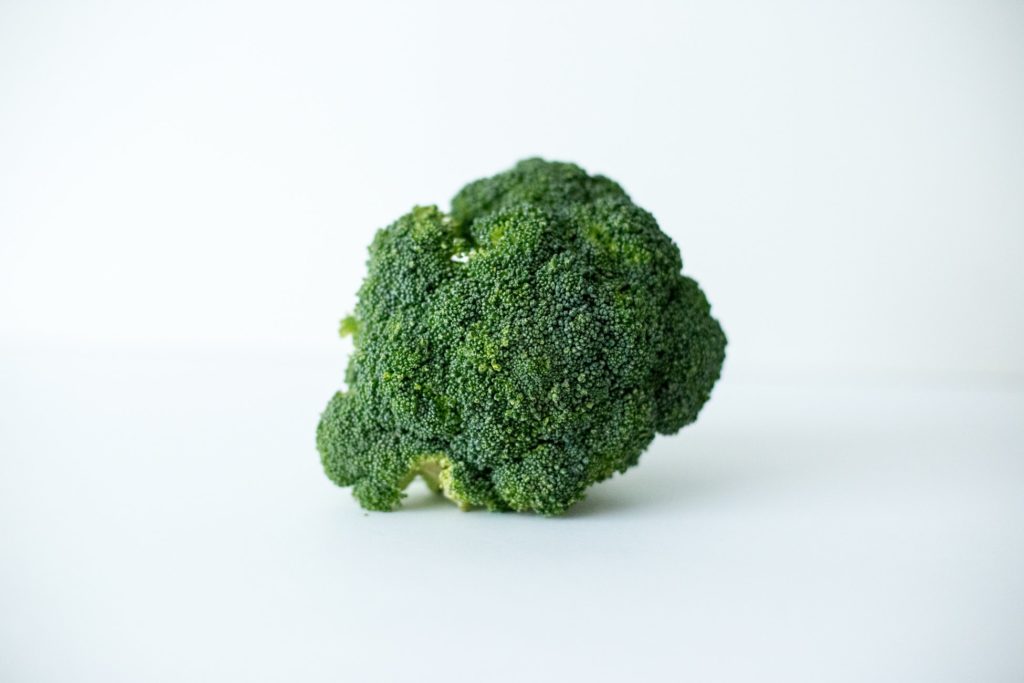
(Image credit: Leilani Angel)
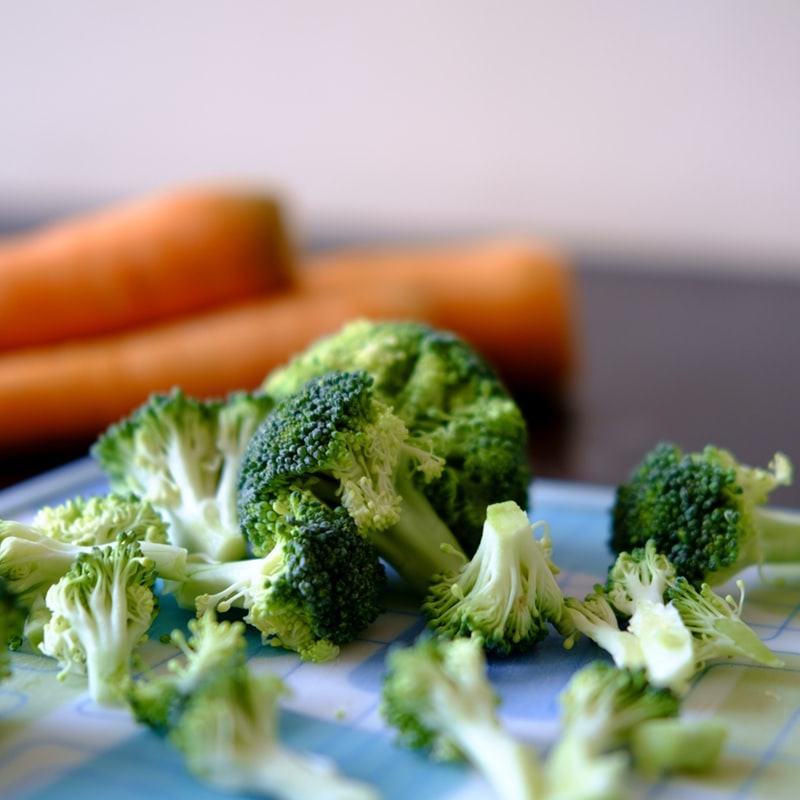
1. Why do kids hate broccoli?
Broccoli contains a glucosinolate compound that makes it taste bitter. The human gene TAS2R38 is responsible for sensing bitterness in food, and is more dominant in some people than others, so they’re more sensitive to the bitter compound and more likely to dislike broccoli. Children have around twice as many taste buds as adults, so if they’ve got a version of the dominant TAS2R38 gene then broccoli can taste horrible. However, as they get older the number of taste buds on their tongue can reduce, and theoretically this bitter taste will be less potent. Duane Mellor, senior lecturer in Human Nutrition at Coventry University, also points out, “This bitter taste is thought to be protective. We are almost conditioned not to like bitter flavours as some bitter compounds can be toxic.”
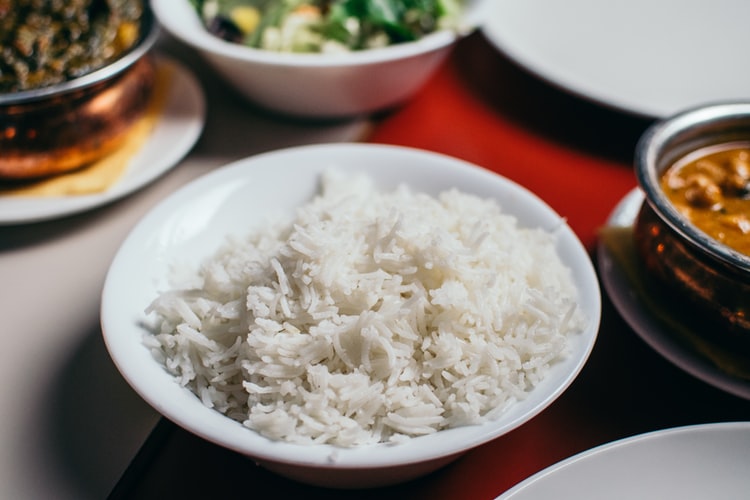
2. Can you safely reheat rice?
In a word, yes. Many people believe reheating rice causes food poisoning, but it’s the cooling of the rice rather than the heating that affects whether or not it’s safe to eat. Uncooked rice can contain spores of the bacterial species Bacillus cereus. They aren’t a concern during the initial cooking and eating process, but if left cooling at room temperature these spores can grow into bacteria. These bacteria multiply, producing toxins which can cause food poisoning. Don’t be fooled into thinking you can kill the spores off by reheating the rice, as the hardy bacteria can easily survive temperatures of up to 100 degrees Celsius. The best thing to do is to cool the rice quickly and store it in an airtight container. This prevents the spores from growing into bacteria, so as long as you thoroughly reheat your rice to kill off any other bacteria, it’s safe to eat.
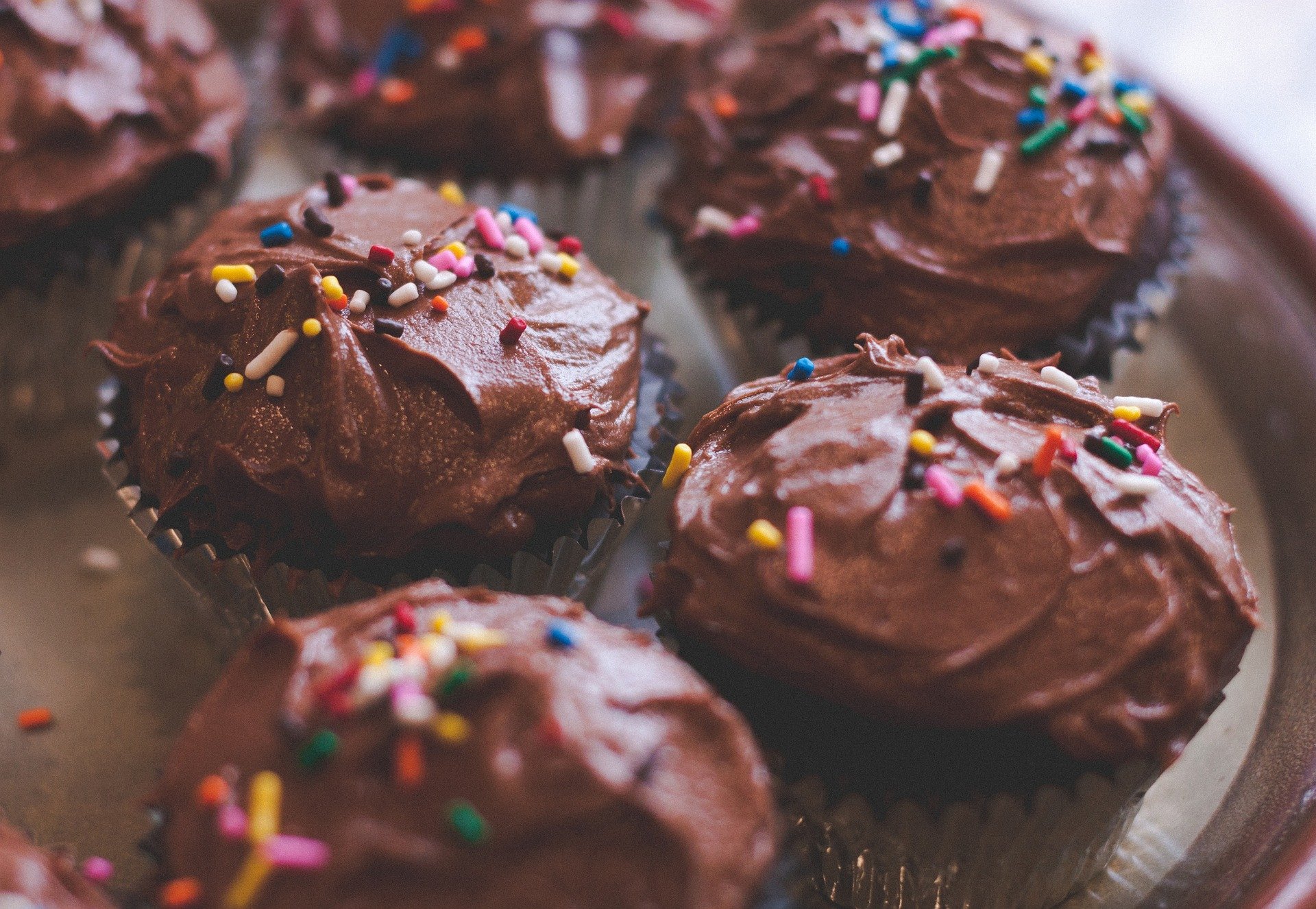
3. How come I always have room for dessert?
You’ve stuffed yourself at dinner but suddenly find extra room for pudding. Luckily, science can explain this phenomenon. “This has been described as taste specific satiety,” explains Duane Mellor. This is basically the idea of getting bored of one type of food and wanting another. Habituation theory also suggests that exposure to a variety of foods act as a stimuli; unlike the main meal, dessert is offers different flavours and textures, so although you’re full, you are not sated. Mellor continues, “Some have also suggested that it is so we get a range of foods and, in theory, a range of nutrients.”
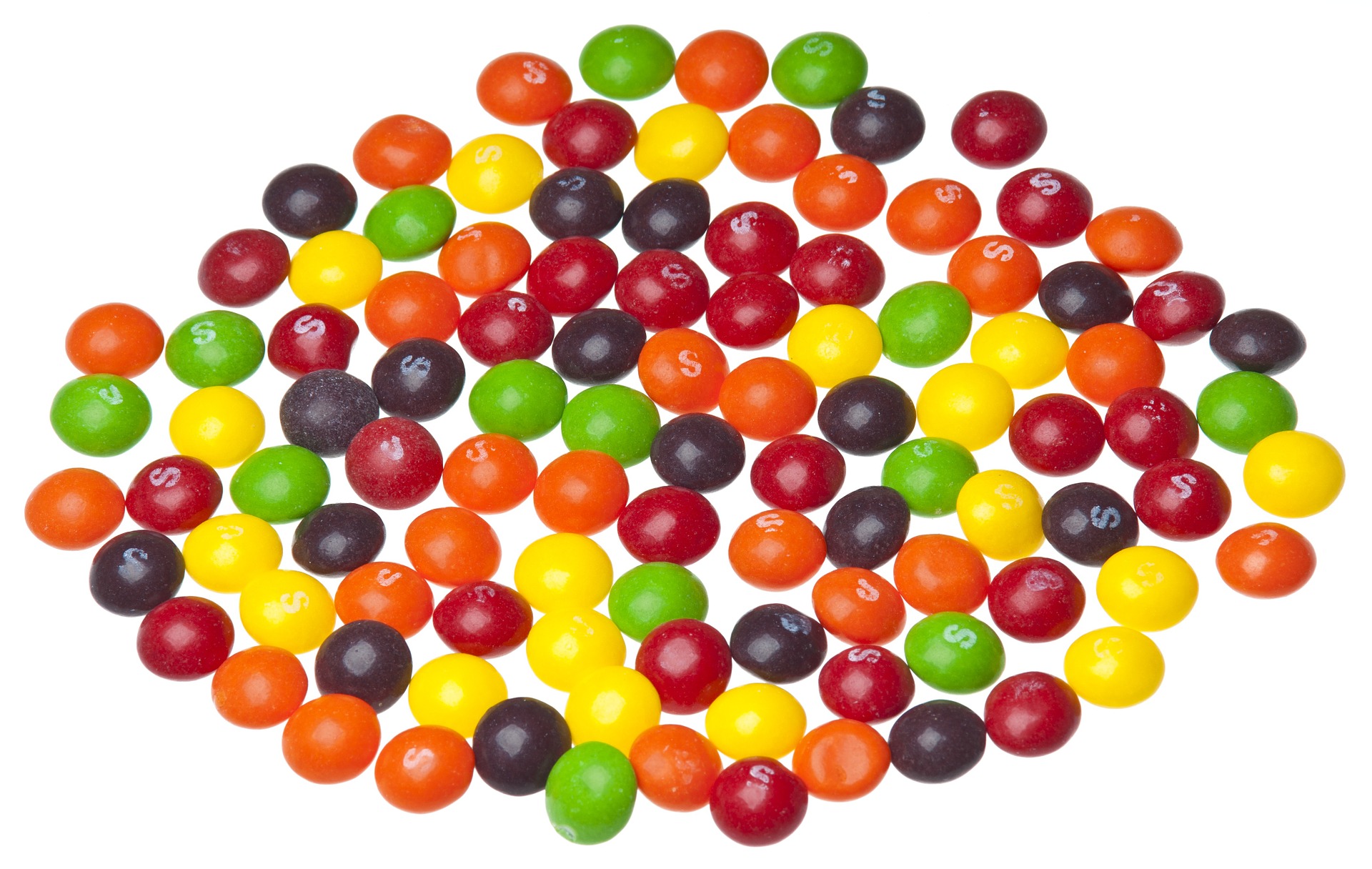
4. Why do red sweets taste the best?
A surprising majority of sweets are red due to an inbuilt mental link with the ripeness of fruit. People are naturally drawn to red sweets because our brain links red with sweetness. Duane Mellor explains, “We do seem to ‘taste’ colour, so lemon- or orange-flavoured things that are coloured green will be said to taste like lime and more sour. Red things are associated with ripe berries, so we think of strawberries and cherries, so that is often more pleasant than green or yellow ones.” So when choosing a sweet, your sensory organs are naturally drawn to the red ones as your brain has identified them as the sweetest.
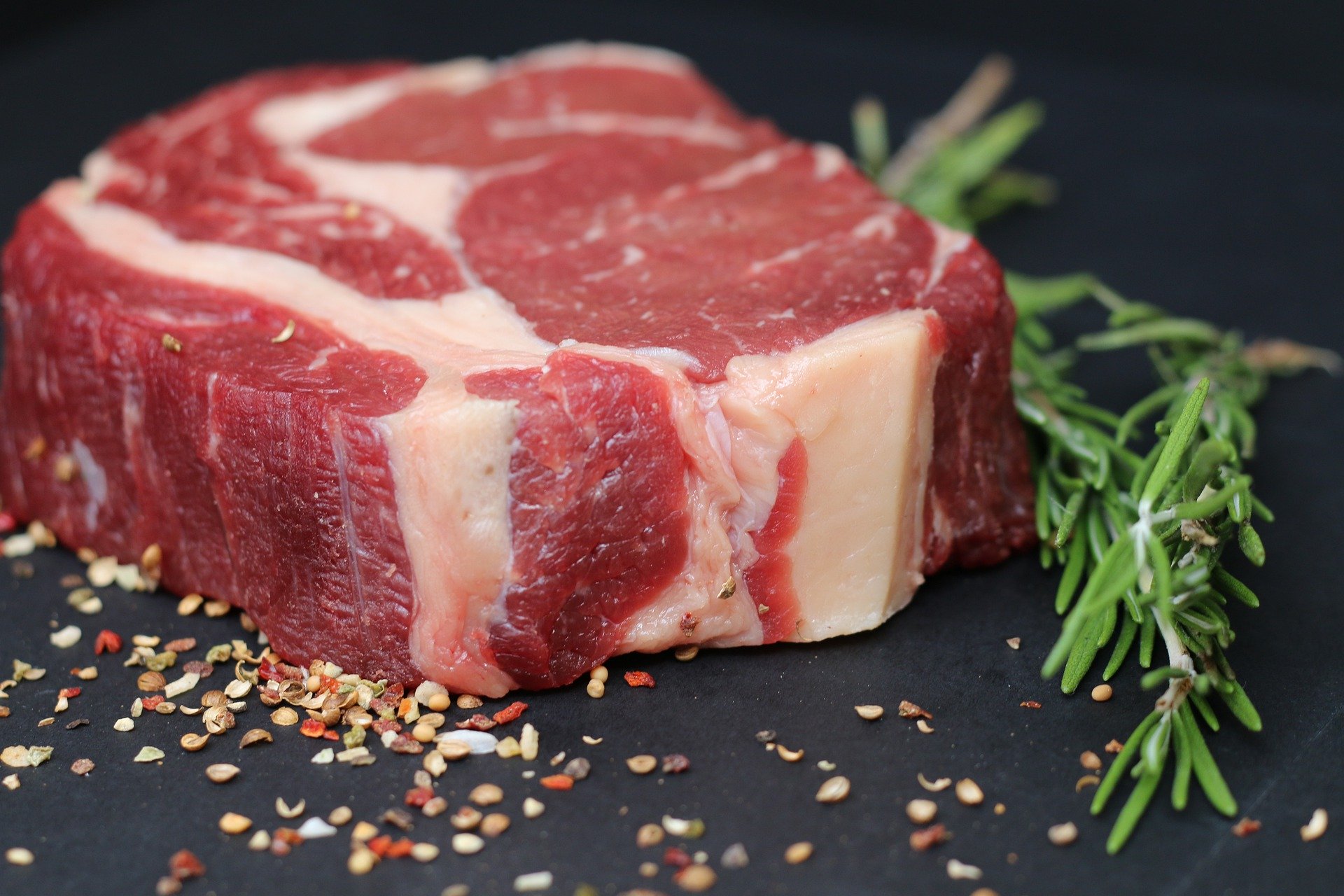
5. Why can steak be eaten rare but not burgers or chicken?
Bacteria, such as salmonella and E coli, and other parasites live in the guts of animals and can be transferred to their flesh during the slaughter process. If ingested they can cause diarrhoea, vomiting and cramps. Cooking meat for 45 minutes, with the internal temperature reaching at least 60 degrees Celsius, should be enough to kill off those bacteria, so thoroughly cooking chicken (and other poultry) all the way through should be safe. Steak, however, is cut from the muscle of the cow, not the flesh so as long as the outside is seared to kill off any surface-lurking bacteria, rare steak should be safe to eat. Burgers shouldn’t be eaten rare as contamination could occur while the meat is being minced, so treat your burgers the same way you would a piece of chicken and cook them thoroughly.
This article was originally published in How It Works issue 107
For more science and technology articles, pick up the latest copy of How It Works from all good retailers or from our website now. If you have a tablet or smartphone, you can also download the digital version onto your iOS or Android device. To make sure you never miss an issue of How It Works magazine, subscribe today!





